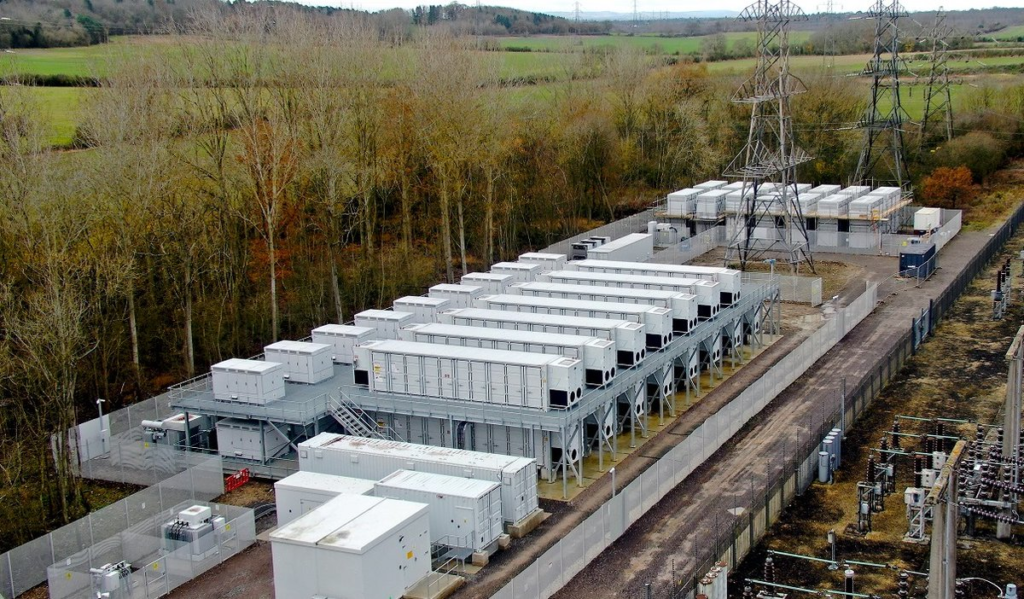You pretty much can’t avoid the headlines today heralding major new deployments of clean energy:
US Solar and Wind Power Production Soars in 2022: California and Texas Lead the Charge
Massive new wind center opens operations in Oklahoma

Climate change demands that we decarbonize our energy system. And to decarbonize our transportation we need to continue the migration to electric vehicles. That will require us to produce enough energy to charge all our vehicles. But the transition to cheaper, cleaner power involves more than carbon-free power generation. We also must transform and upgrade the grid. In fact, there is no point in creating miraculous amounts of cheap green energy but not updating, supplementing, and transforming the grid. Without it, renewable power will lead to stability and reliability issues.
Oil and gas interests and others that for various reasons cling to fossil fuels have jumped on this truth. In Texas, there are efforts to block further development of renewables based on the logic that because clean energy requires a new grid we should just deploy new dirty sources of energy onto our existing aging and decaying infrastructure. Never mind that regardless of the kind of energy we move to, we will need to invest heavily in expanding and upgrading the grid.
The old grid is inherently mechanical. Enormous spinning turbines are used to moderate and stabilize the flow of energy. As a result, it is slow, inflexible, immovable, and dependent on highly centralized resources. The new, transformed grid is purely electrical. Moderated and stabilized with batteries and inverters, it’s incredibly adaptable, easily modified, and can incorporate and take advantage of a wide range of distributed resources.
Defenders of the old grid emphasize the need for “dispatchable” energy. Dispatchable energy refers to sources of electricity that can be used on demand and dispatched at the request of power grid operators, according to market needs. In other words, dispatchable energy sources can be turned on or off, ramped up or down, depending on the energy demand. The old grid and incumbent technologies developed around coal, oil, and gas extraction took fossil fuels and made them dispatchable.
It’s true that by themselves, solar and wind are not dispatchable. The wind does not always blow. Night happens. But paired with batteries for long-duration storage, renewable energy is completely dispatchable. Batteries also help stabilize the grid; coupled with inverters and digital control, they produce and maintain power at a constant frequency without the need for huge spinning turbines.
We will inevitably make this transformation of the grid. The clean energy is now cheaper than building new fossil fuel plants. Not to mention the upgraded, electronic, digitally-controlled grid is required to support the shift to electric vehicles and allows us to be more efficient and better at everything we do from data centers to manufacturing to air conditioning our houses. We are moving from a system of central production and one-way distribution to one that dynamically moves power throughout a network of distributed and constantly changing sources and uses of electrical energy.
The transition has already begun. Over the last several years, utilities have rolled out programs that help control demand for power when it likely exceeds supply; temporally turning down or shutting off non-critical HVAC, lighting or industrial processes. Most utilities have also put in place financial incentives with variable tariffs based on production and demand cycles. And net-metering has taken power back to the grid from rooftop solar systems.
The next generation of the grid will provide even more sophisticated control of distributed power sources and consumption of power: accommodating and optimizing power sources – wind, solar, and hydro — when they are available; charging stationary storage and EVs when power is most available; drawing from stored energy as needed; and, dynamically throttling demand of commercial and residential users that have flexibility in their usage. We will extend our systems for transportation, industrial production, and support for infrastructure (like computing, lighting and HVAC) to include the production and distribution of power. This will provide an added dimension that enables us to both optimize and innovate our processes.
The energy transformation will tap more abundant supplies of fuel, at a lower cost, without the carbon emissions of fossil fuels. And the grid transformation will result in capabilities that set the stage for an innovation cycle like the one which we experienced with the Internet. The Internet was originally created to improve communication among researchers. It led to a transformation of all communication, and the additional capability unleashed a torrent of innovation across every aspect of how we live, work, and play. The energy transformation–the electrification, digitization, and abundance of cheap power–sets the stage for innovation that will similarly impact every aspect of our lives.